 W
WThe Renaissance in the Low Countries was a cultural period in the Northern Renaissance that took place in around the 16th century in the Low Countries.
 W
WPieter Aertsen, called Lange Piet because of his height, was a Dutch painter in the style of Northern Mannerism. He is credited with the invention of the monumental genre scene, which combines still life and genre painting and often also includes a biblical scene in the background. He was active in his native city Amsterdam but also worked for a long period in Antwerp, then the centre of artistic life in the Netherlands.
 W
WRichard Aartsz, or Rijckaert Aertsz was a Dutch Renaissance painter of historical allegories. Most of his works were painted while he lived in Antwerp. He was a pupil of Jan Mostaert in Haarlem. Frans Floris became his pupil and friend.
 W
WJan van Amstel, or Jan de Hollander, was a Dutch Northern Renaissance painter.
 W
WJan Wellens de Cock was a Flemish painter and draftsman of the Northern Renaissance.
 W
WDirk Pietersz Crabeth (1501–1574) was a Dutch Renaissance glass painter, tapestry designer, and mapmaker. He was employed by the Janskerk (Gouda) during the 16th century, where he created eight of the stained glass windows during the years 1555–1571. His windows are one of the reasons that the church was placed on the UNESCO list of monuments.
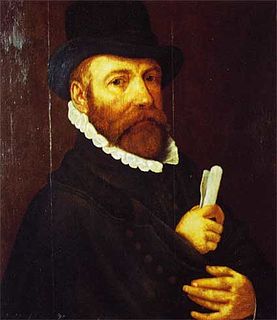 W
WWouter Pietersz Crabeth (1510–1590) was a Dutch Renaissance glass painter. He was employed by the Sint Janskerk (Gouda) during the Protestant Reformation, where he created six of the stained glass windows during the years 1555 to 1571. His windows, that he created in close collaboration with his brother Dirk Crabeth, are one of the reasons that the church was placed on the UNESCO list of monuments.
 W
WAdriaen van Cronenburg was a Northern Netherlandish painter. He produced mainly portraits.
 W
WJan Woutersz van Cuyck was a Dutch Renaissance painter from Dordrecht. He became famous as a Mennonite martyr of the Protestant Reformation who was executed in 1572. His heart-rending letters from prison were published in the Martyrs Mirror.
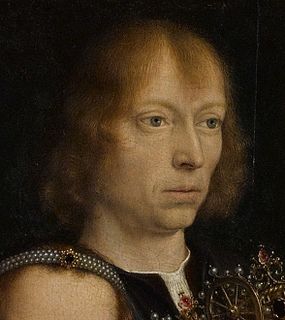 W
WGerard David was an Early Netherlandish painter and manuscript illuminator known for his brilliant use of color. Only a bare outline of his life survives, although some facts are known. He may have been the Meester gheraet van brugghe who became a master of the Antwerp guild in 1515. He was very successful in his lifetime and probably ran two workshops, in Antwerp and Bruges. Like many painters of his period, his reputation diminished in the 17th century until he was rediscovered in the 19th century.
 W
WJacob Willemszoon Delff the Elder, was a portrait painter active in Delft. He is known by a picture of an 'Archery-feast' in the Hotel de Ville at Delft, dated 1592; and by a Reconciliation of Esau and Jacob, in the Belvedere at Vienna, bearing the date 1584. He also painted The Sportsman's Dinner, and a portrait group of his family. His works display good conception and execution, but are somewhat heavy in colouring.
 W
WJan van der Elburcht was an early Dutch painter. His name is derived from Elburg, his town of birth.
 W
WCornelis Engebrechtsz., also known as Cornelis Engelbrechtsz. (c.1462–1527) was an early Dutch painter. He was born and died in Leiden, and is considered the first important painter from that city. Engebrechtsz. taught a number of other Leiden painters, including Lucas van Leyden, Aertgen van Leyden and Engebrechtsz.' own sons Cornelis, Lucas, and Pieter Cornelisz. Kunst. Lucas van Leyden is considered his most important pupil, eclipsing Engebrechtsz. in popularity.
 W
WDirck Jacobsz (1496–1567) was a Dutch Renaissance painter. His exact birthplace is unknown, but it was somewhere near Amsterdam.
 W
WLucas Cornelisz de Kock or Kunst (1495–1552) was a Dutch Renaissance painter active in the Tudor court.
 W
WJan Kraeck, was a Dutch Renaissance painter who established his career in Italy, in the royal court of the House of Savoy in Turin.
 W
WCornelis Cornelisz. Kunst, was a Dutch Renaissance painter.
 W
WAertgen Claesz. van Leyden, also known as Allaert or Aert van Leyden or Aert Claesz. van Leyden, was a 16th-Century Dutch painter, draughtsman and designer of stained glass. Works by this artist can be found at the Rijksmuseum in Amsterdam, Stedelijk Museum De Lakenhal in Leiden, the Metropolitan Museum of Art in New York and Museo Thyssen-Bornemisza in Madrid.
 W
WLucas van Leyden, also named either Lucas Hugensz or Lucas Jacobsz, was a Dutch painter and printmaker in engraving and woodcut. Lucas van Leyden was among the first Dutch exponents of genre painting and was a very accomplished engraver.
 W
WCorneille de Lyon was a Dutch painter of portraits who was active in Lyon, France from 1533 until his death. In France and the Netherlands he is also still known as Corneille de La Haye after his birthplace, The Hague.
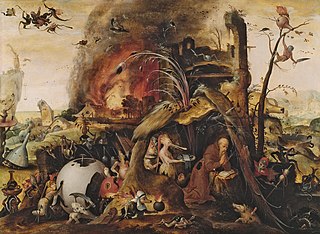 W
WJan Mandijn or Jan Mandyn was a Dutch Renaissance painter, who worked in Antwerp after 1530.
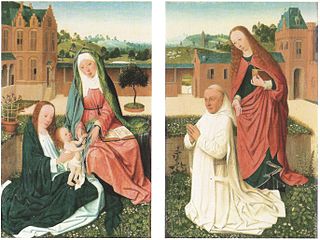 W
WThe Master of the Brunswick Diptych was a Dutch early Renaissance painter.
 W
WSir Anthonis Mor, also known as Anthonis Mor van Dashorst and Antonio Moro, was a Netherlandish portrait painter, much in demand by the courts of Europe. He has also been referred to as Antoon, Anthonius, Anthonis or Mor van Dashorst, and as Antonio Moro, Anthony More, etc., but signed most of his portraits as Anthonis Mor.
 W
WJan Mostaert was a Dutch Renaissance painter who is known mainly for his religious subjects and portraits. One of his most famous creations was the Landscape with an Episode from the Conquest of America. He was appointed 'painctre aux honneurs' by Margaret of Austria, the governor of the Habsburg Netherlands but did not become the court painter of Margaret.
 W
WArnout de Muyser was a painter active in the second half of the sixteenth century. He is an elusive character, who left several notable paintings of market scenes, but little is known about the artist himself. His work is believed to have influenced a later generation of German painters.
 W
WJan Nagel was a Dutch Renaissance painter.
 W
WPieter Pietersz the Elder, also Pieter Pietersz. (I), (1540–1603) was a Dutch Renaissance painter.
 W
WMagdalena Pietersz, was a Dutch renaissance painter.
 W
WPieter Jansz. Pourbus was a Flemish Renaissance painter, draftsman, engineer and cartographer who was active in Bruges during the 16th century. He is known primarily for his religious and portrait paintings.
 W
WDaniël van den Queborn (1552–1618) was a Dutch Golden Age painter.
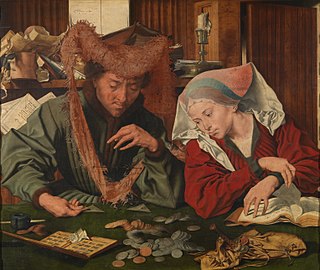 W
WMarinus van Reymerswaele or Marinus van Reymerswale was a Dutch Renaissance painter mainly known for his genre scenes and religious compositions. After studying in Leuven and training and working as an artist in Antwerp, he returned later to work in his native Northern Netherlands. He operated a large workshop which produced many versions of mainly four themes: the tax collectors, the money changer and his wife, the calling of Saint Matthew and St. Jerome in his study.
 W
WHendrik van Steenwijck I was a Dutch Golden Age painter, from early in the period, known mainly for his church interiors.
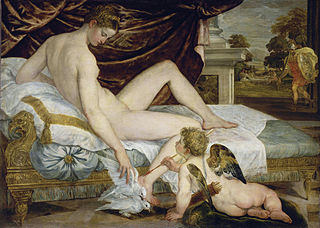 W
WLambert Sustris was a Dutch painter active mainly in Venice. The works Sustris completed in Italy exhibit either a Mannerist style or qualities that may be deemed proto-baroque. He is also referred to as Alberto de Olanda. He was born in Amsterdam, and only came to Venice when over 40 years old. His training is unknown, but he was utilized by the studio of Titian for the depiction of landscapes. He accompanied Titian on his trips to Augsburg in 1548 and 1550–1551, and there executed portraits. Returning to Venice, he was influenced by Parmigianino and Andrea Meldolla. He was a teacher to Girolamo Muziano. As the Muziano scholar, Patrizia Tosini has noted, Sustris' works, via his pupil Muziano, are a significant means by which a mid-sixteenth century Venetian interest in landscape and its role as a backdrop for historical subjects spread to Rome in the mid-to-late sixteenth century. His son was Friedrich Sustris.
 W
WWillem Thibaut, Tybaut, or Tibout (1524–1597), was a Dutch Golden Age painter.
 W
WJohan Baptista or Hans van Uther was a Dutch Renaissance painter, active in Sweden.
 W
WJan Cornelisz Vermeyen, or Jan Mayo, or Barbalonga was a Dutch Northern Renaissance painter.